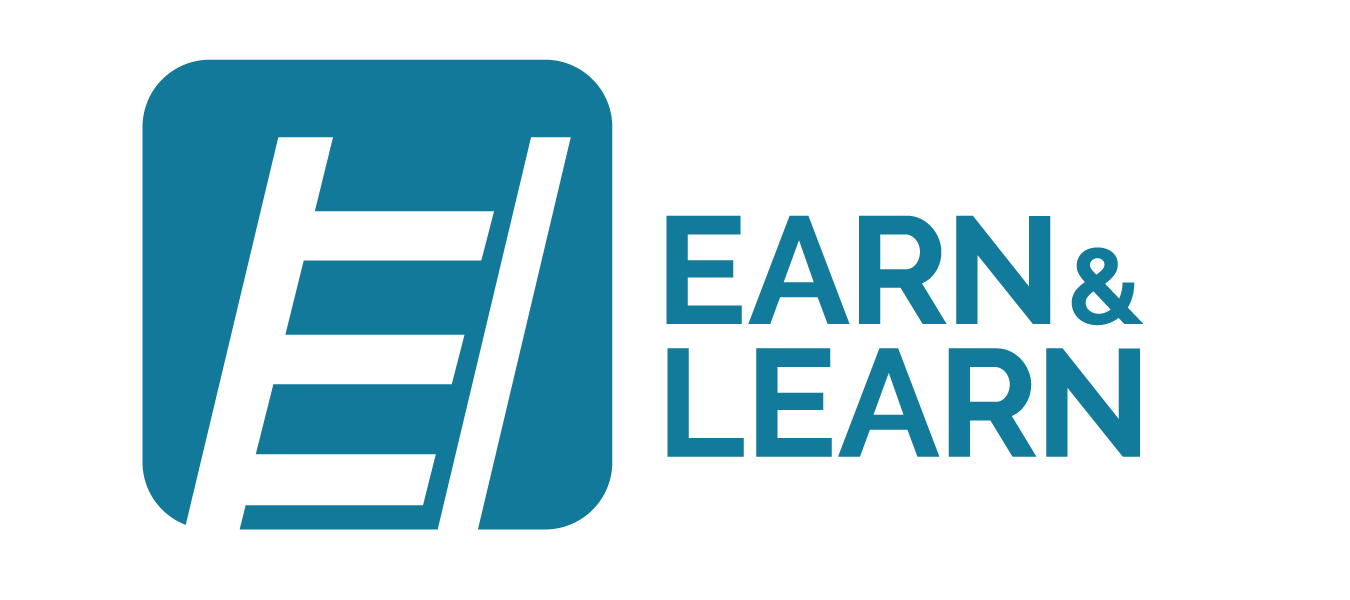Golden State Pathways Grant has Potential to Redesign Education
A California grant act that holds the possibility of altering the educational and vocational landscape in California will soon be opening a Request for Proposals for K-12 Local Education Agencies (LEAs). The Golden State Pathways Program, which will fund $500 million in competitive grant funding, is aimed at creating new high school career pathways that lead to higher-wage, higher-skilled employment opportunities for all students.
Although the requirements of this grant no doubt pose a heavy lift to educators, the Golden State Pathway Program (GSPP) carries the potential to bridge many divides we at Earn & Learn are passionate about. The program prioritizes LEAs for funding if they have higher-than-state-average rates of dropout, suspension and expulsion, child homelessness, foster youth, justice-involved youth, students not completing the full A-G course requirement, and lower than average graduation rates.
We know that underrepresented students often confront barriers stemming from a lack of guidance, limited social capital, inadequate education, and insufficient support. With elements that make up the GSPP, students could potentially overcome these obstacles, gaining access to lucrative and skill-intensive careers that have remained beyond their reach.
Earn & Learn is deeply vested in GSPP's transformative premise. We see this program as a pivotal instrument that can redesign the structure of our educational system in a way that heightens student engagement and cultivates a future-oriented workforce. In light of this, we are prepared to provide planning and implementation support to educational agencies throughout the many stages of this initiative.
The GSPP grant framework comprises three distinct application categories: Regional Technical Assistance; Consortium Development and Planning; and Implementation. For those interested in delving into the specifics, the Grant Request for Proposals release dates and application due dates have been outlined HERE.
To qualify for funding, pathways must offer the following to all students:
An integrated sequence of rigorous coursework that includes the full A-G course sequence, at least 12 postsecondary credits, career technical education (CTE) coursework, and an additional element of California’s College/Career Indicator (CCI);
Work-based learning, with an emphasis on internships and apprenticeships; and,
Comprehensive student support.
While some of these elements may already exist in high schools, the heightened focus on in-demand careers, dual enrollment, and internships/apprenticeships requires deep collaboration among local educational agencies, higher education institutions, local and regional employers, and pertinent community stakeholders.
The GSPP follows the precedent set by the Strong Workforce Program (SWP), initiated in 2016, wherein California committed $400 million annually ($250 million to Community Colleges and $150 million to K-12 schools) to augment career education programs. SWP boosted collaboration between K-12 entities and local community colleges, leading to dual-enrollment and articulation avenues that align with high-demand career fields. These investments have proven instrumental in creating in-demand training programs within vocational realms and areas that do not necessarily require traditional 4-year degrees.
The GSPP serves to amplify these efforts by empowering educators and stakeholders to align education and training pathways more effectively with the partnership of local employers.
Before embarking on the proposal process, careful considerations are needed. LEAs contemplating planning or implementation grants must ensure the participation of essential stakeholders. In the context of this grant, securing the buy-in of high school administrators, counselors, and educators, alongside employers, regional workforce board members, and community college CTE administrators, is of paramount importance. Mapping roles and expectations for each stakeholder before extending invitations to collaborate will not only guide the process but also highlight potential needs and deficiencies.
In preparation of this collaboration, preliminary research should include:
Career Pathways: Assess existing career pathways within your region. Are they well-enrolled? Do they pave the way to high-demand, well-paid careers? Are they aligned with similar programs at the community college or other training centers? Do they include A-G coursework?
Work-Based Learning: Evaluate work-based learning programs at your schools. Do your institutions actively collaborate with employers? Is there a structured mechanism for managing student internships and apprenticeships/pre-apprenticeships? Could paid or credit-bearing internships be a feasible inclusion?
Student Support: Scrutinize the existing support infrastructure at your schools. Does it facilitate pathway completion, community college enrollment, and successful internship experiences? If gaps exist, create a blueprint for addressing them.
What drives our work at Earn & Learn is the belief that every person deserves the opportunity to reach their highest potential. We are inspired by the goals of GSPP as an intervention for underrepresented students. This is what breaking cycles look like, and we are here to support our educational partners in doing just that.
For more on how Earn & Learn can help you navigate this and any other grants, please contact us today.

